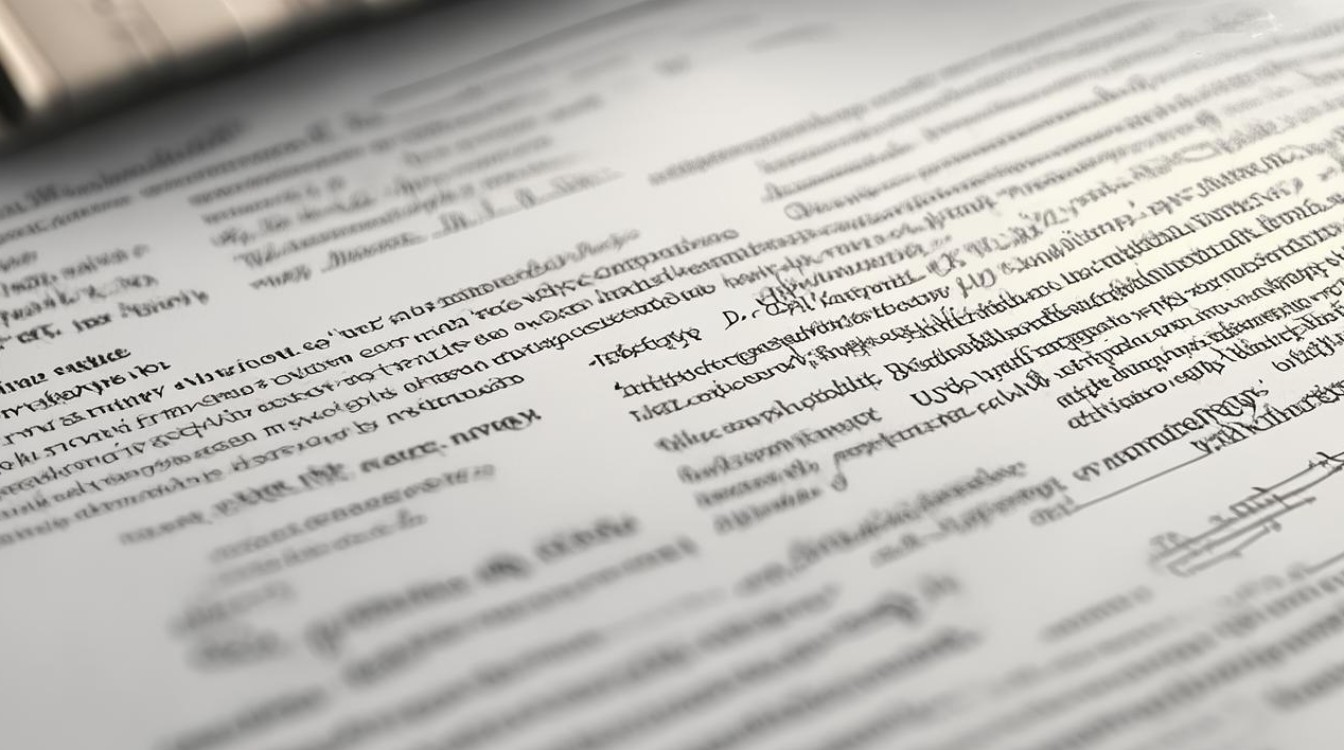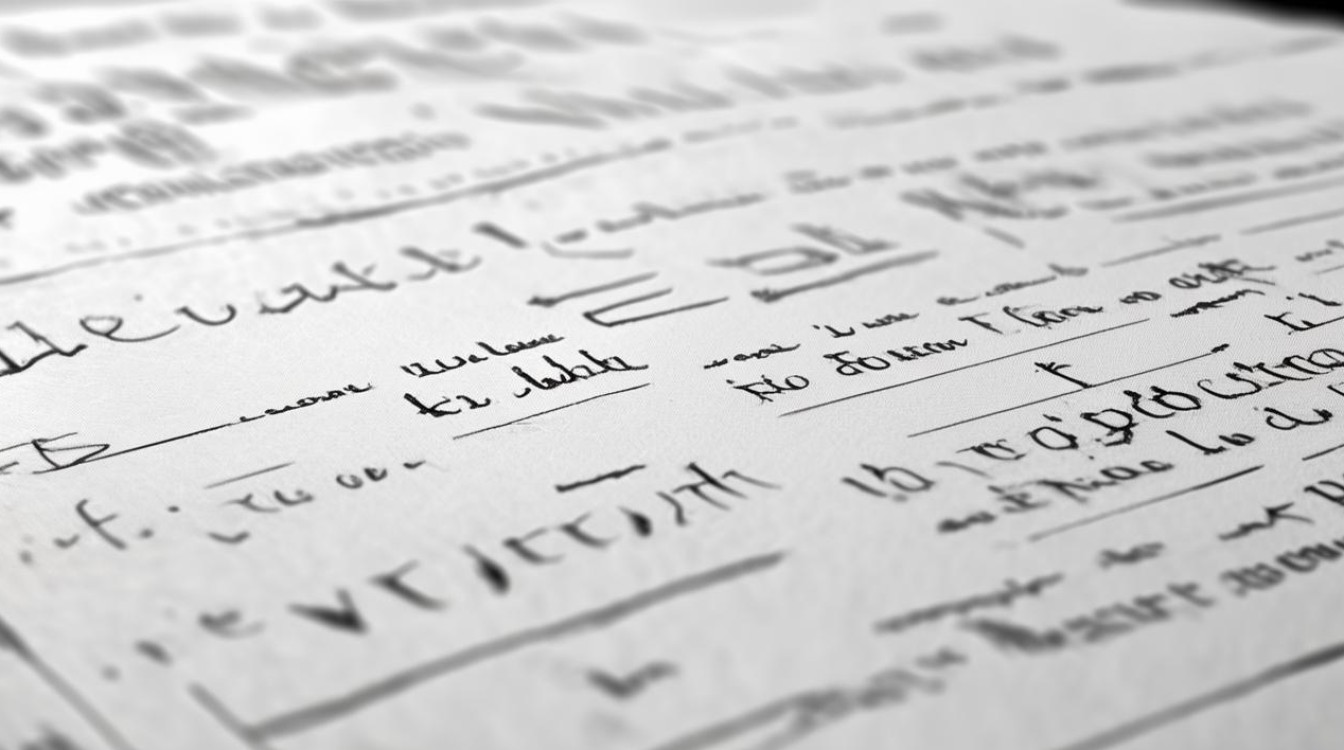2021年英语一考试作文题目要求考生围绕“科技发展与传统文化保护”展开论述,这一主题既贴近现实,又考验学生的思辨能力,以下是两篇高分范文及详细解析,帮助考生掌握写作技巧。

科技与传统文化的平衡
The rapid advancement of technology has undeniably transformed our lives, yet it also poses challenges to the preservation of traditional culture. While some argue that technological progress threatens cultural heritage, others believe it can serve as a powerful tool for safeguarding traditions. In my view, the key lies in finding a harmonious balance between the two.
First, technology provides innovative ways to document and disseminate cultural heritage. Digital archives, virtual reality, and online platforms allow people worldwide to access ancient manuscripts, historical sites, and folk arts. For instance, the digitization of the Dunhuang Mogao Caves enables researchers and tourists to explore its murals without causing physical damage. Such efforts ensure that future generations can appreciate these treasures.
However, excessive reliance on technology may lead to the loss of authentic cultural experiences. Traditional crafts, such as pottery-making or calligraphy, require hands-on practice and personal interaction. If these skills are merely learned through apps or videos, the deeper cultural significance might be overlooked. Therefore, while embracing technology, we must also encourage direct engagement with cultural practices.

To achieve equilibrium, governments and institutions should promote initiatives that combine technology with tradition. For example, workshops could use 3D printing to replicate artifacts while teaching the original crafting techniques. Schools might integrate augmented reality into history lessons, making learning interactive without replacing textbooks. By adopting such approaches, we can ensure that technological progress enriches rather than erodes cultural heritage.
科技赋能传统文化复兴
The interplay between technology and traditional culture is often seen as a conflict, but it can also be a catalyst for cultural revival. Rather than viewing technology as a threat, we should harness its potential to breathe new life into fading traditions.
One significant advantage of technology is its ability to reach global audiences. Social media platforms like YouTube and TikTok have become vital spaces for showcasing traditional music, dance, and festivals. Performances that were once limited to local communities can now attract millions of viewers, fostering cross-cultural appreciation. The viral popularity of Chinese hanfu clothing on international platforms exemplifies how technology can amplify cultural influence.

Moreover, artificial intelligence and big data offer solutions for preserving endangered languages and customs. AI-driven translation tools help document indigenous dialects, while data analysis identifies patterns in folk stories or rituals that might otherwise be forgotten. Projects like Google’s Endangered Languages Program demonstrate how cutting-edge technology can play a role in cultural conservation.
Yet, technology alone cannot sustain traditions. Community involvement remains crucial. Local festivals, oral storytelling sessions, and artisan markets must continue to thrive alongside digital initiatives. The goal should be to use technology as a supplement, not a substitute, for real-world cultural engagement.
In conclusion, the fusion of technology and tradition holds immense promise. By leveraging digital tools wisely, we can ensure that cultural heritage not only survives but flourishes in the modern era.

写作技巧分析
- 结构清晰:两篇范文均采用“总-分-总”结构,首段提出观点,中间分段论证,结尾强化主题。
- 论据具体:使用真实案例(如敦煌数字化、汉服走红)增强说服力。
- 语言多样:避免重复句式,混合使用长句和短句,保持节奏感。
- 批判性思维:不片面肯定或否定科技,而是探讨平衡点,体现深度思考。
考生在练习时可模仿这种框架,结合自身积累的素材,写出逻辑严密、内容充实的文章。

